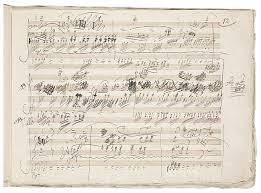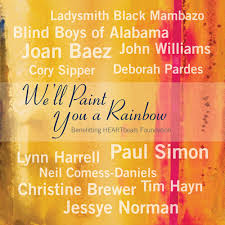
Last week’s On Being interview with Yo-Yo Ma was a great reminder that Ma is more than one of the world’s great cellists. He’s a “citizen artist”, a philosopher, and an insightful commentator on the role of music in contemporary life.
These days, Yo-Yo Ma enjoys transcending imagined boundaries and playing a wide variety of music, most notably through his Silk Road Project. He considers the label “classical music” an arbitrary commercial category. He likens performing onstage to being the host of a party where soloist and audience share in a powerful communal experience. His belief in the importance of humanity in music-making was echoed last week in an interesting post by Neoclassical author, Holly Mulcahy.
What better way to start the week than by listening to Yo-Yo Ma perform the Prelude from the first of J.S. Bach’s Six Suites for Solo Cello? Listen to the way Bach is able to outline rich harmony using a single solo instrument.
The bow, which draws out sound, is the lungs. The strings on the instrument are the vocal chords.
-Yo-Yo Ma
[unordered_list style=”tick”]
[/unordered_list]



 Last March, cellist Lynn Harrell and a host of fellow all star musicians, including John Williams and Jessye Norman, released a special recording called We’ll Paint You a Rainbow. The recording raises money for the
Last March, cellist Lynn Harrell and a host of fellow all star musicians, including John Williams and Jessye Norman, released a special recording called We’ll Paint You a Rainbow. The recording raises money for the 